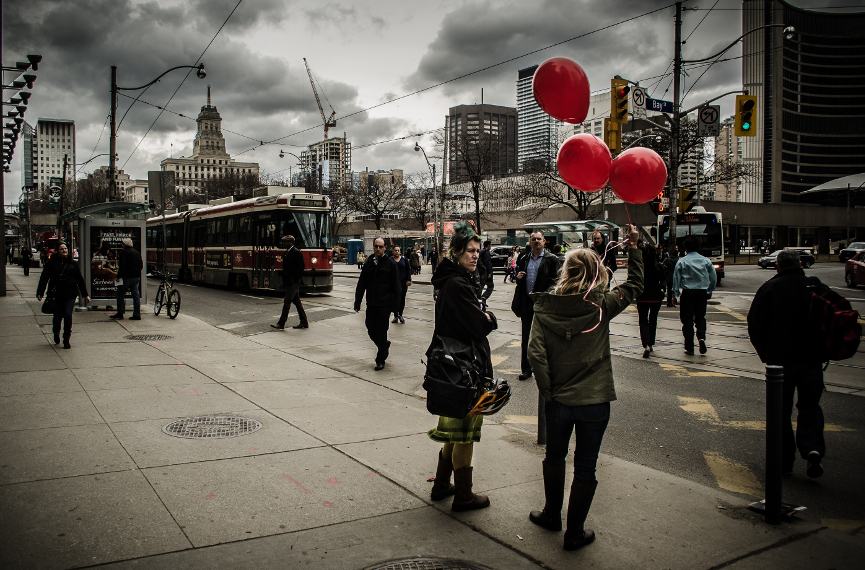The smart Trick of Framing Streets That Nobody is Discussing
The 10-Minute Rule for Framing Streets
Table of ContentsFraming Streets for BeginnersGet This Report about Framing StreetsHow Framing Streets can Save You Time, Stress, and Money.The smart Trick of Framing Streets That Nobody is DiscussingThe 3-Minute Rule for Framing StreetsNot known Factual Statements About Framing Streets
, typically with the aim of catching pictures at a crucial or emotional moment by cautious framing and timing. https://davidturley33101.wixsite.com/my-site/post/framing-streets-mastering-the-art-of-street-photography.
Framing Streets Fundamentals Explained
Susan Sontag, 1977 Street digital photography can concentrate on people and their behavior in public. In this respect, the road digital photographer resembles social documentary professional photographers or photojournalists who additionally work in public places, yet with the objective of capturing relevant events. Any of these digital photographers' pictures may catch people and residential property noticeable within or from public places, which frequently requires browsing moral issues and laws of privacy, safety and security, and residential property.
Representations of daily public life create a category in almost every duration of world art, beginning in the pre-historic, Sumerian, Egyptian and very early Buddhist art periods. Art dealing with the life of the street, whether within sights of cityscapes, or as the dominant theme, shows up in the West in the canon of the Northern Renaissance, Baroque, Rococo, of Romanticism, Realism, Impressionism and Post-Impressionism.
Rumored Buzz on Framing Streets
Louis Daguerre: "Blvd du Holy place" (1838 or 1839) In 1838 or 1839 the first photo of numbers in the road was tape-recorded by Louis-Jacques-Mand Daguerre in among a pair of daguerreotype sights extracted from his studio window of the Boulevard du Temple in Paris. The second, made at the height of the day, shows an uninhabited stretch of road, while the various other was taken at regarding 8:00 am, and as Beaumont Newhall records, "The Blvd, so frequently full of a moving throng of pedestrians and carriages was perfectly solitary, other than a person that was having his boots combed.
His boots and legs were well defined, but he is without body or head, because these were in movement." Charles Ngre, waterseller Charles Ngre. https://worldcosplay.net/member/1702028 was the first professional photographer to attain the technical refinement needed to sign up people in motion on the road in Paris in 1851. Digital Photographer John Thomson, a Scotsman functioning with journalist and social activist Adolphe Smith, published Street Life in London in twelve month-to-month installments starting in February 1877
All about Framing Streets
Eugene Atget is considered a progenitor, not due to the fact that he was the very first of his kind, however as a result of the popularisation in the late 1920s of his document of Parisian roads by Berenice Abbott, that was motivated to take on a similar paperwork of New york city City. [] As the city established, Atget assisted to promote Parisian roads as a worthwhile topic for digital photography.

The Definitive Guide for Framing Streets
Martin is the initial videotaped photographer to do so in London with a masked camera. Mass-Observation was a social research study organisation founded in 1937 which aimed to record daily life in Britain and to videotape the reactions of the 'man-in-the-street' to King Edward VIII's abdication in 1936 to marry divorce Wallis Simpson, and the succession of George VI. Between 1946 and 1957 Le Groupe des XV each year showed job of this kind. Andre Kertesz. Circus, Budapest, 19 May 1920 Road digital photography formed the major content of 2 exhibits at the Museum of Modern Art (Mo, MA) in New york city curated by Edward Steichen, Five French Photographers: Brassai; Cartier-Bresson, Doisneau, Ronis, Izis in 1951 to 1952, and Post-war European Digital Photography in 1953, which exported the concept of road digital photography worldwide.

Some Of Framing Streets
The recording device was 'a concealed video camera', a 35 mm Contax hidden beneath his coat, that was 'strapped to the breast and attached to a lengthy cord strung down the right sleeve'. Nevertheless, his job had little modern influence as due to Evans' sensitivities regarding the originality of his project and the privacy of his subjects, it was not published until 1966, in guide Numerous Are Called, with an intro composed by James Agee in 1940.
Helen Levitt, after that an educator of kids, connected with Evans in 193839. She recorded the temporal chalk drawings - vivian maier that became part of youngsters's road culture in New York at the time, along with the kids who made them. In July 1939, Mo, MA's new digital photography area included Levitt's operate in its inaugural eventRobert Frank's 1958 publication,, was significant; raw and typically indistinct, Frank's images examined mainstream photography of the time, "tested all the formal policies laid down by Henri Cartier-Bresson click for more info and Walker Evans" and "contradicted the wholesome pictorialism and wholehearted photojournalism of American magazines like LIFE and Time".